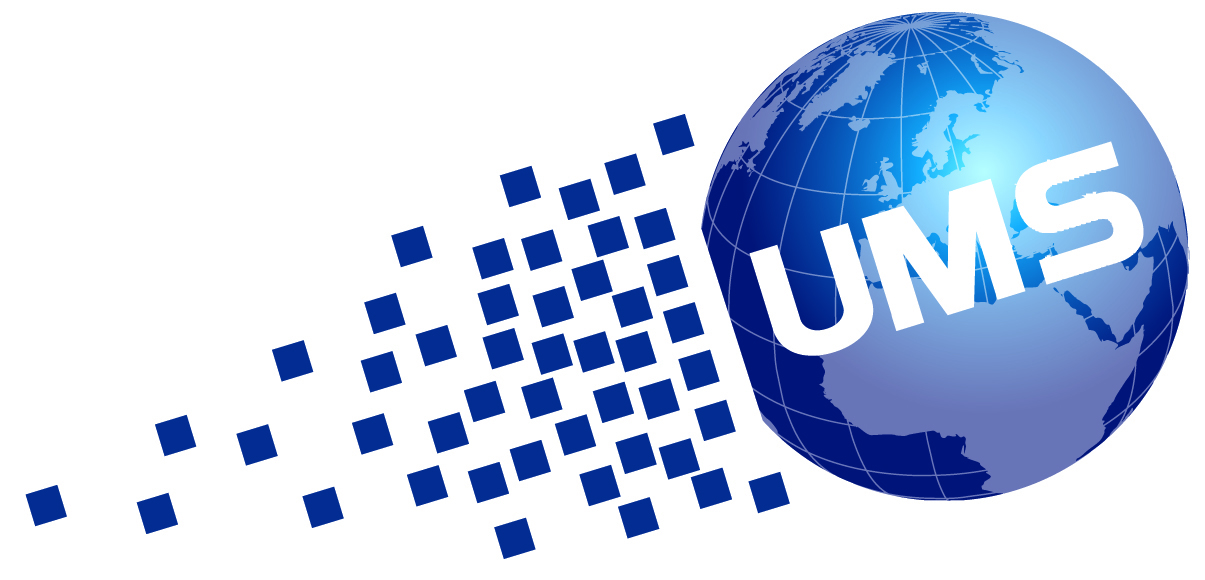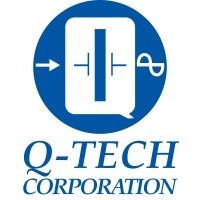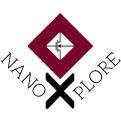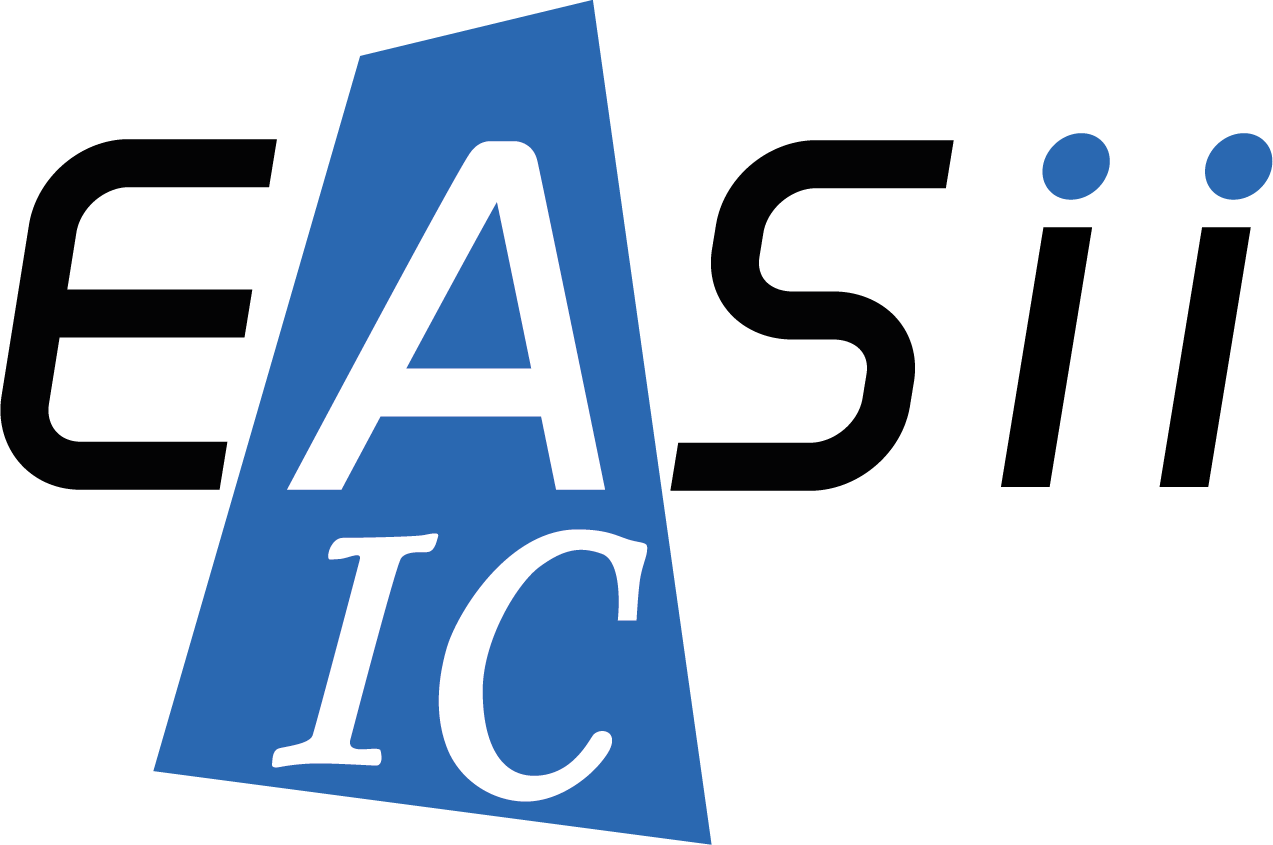IC Transistors density
- Home
- /
- POSTS
- /
- Technology
- /
- IC Transistors density
Integrated circuits transistors on some computer chips measure 45 nanometers (billionths of a meter) on a side. These chips have more than 100 million transistors.
Since the 1960s, the semiconductor industry has managed to double the number of transistors on a chip every two years, a trend known as moore’s law. As the transistor count goes up, so does the chip’s functionality.
An integrated circuit is a single, miniature circuit with many electronically connected components etched onto a small piece of silicon or some other semiconductive material. (a semiconductor is a nonmetallic material that can conduct an electric current, but does so rather poorly.) integrated circuits are more commonly known as microchips.
 The components etched onto an microchip include transistors, capacitors, and resistors. A transistor is a device capable of amplifying and switching electrical signals.
The components etched onto an microchip include transistors, capacitors, and resistors. A transistor is a device capable of amplifying and switching electrical signals.
A capacitor temporarily stores electrical charges, while a resistor controls current by providing resistance. The complete closed path through which an electric current travels is called a circuit.
The invention of the transistor in 1948 eliminated the need for bulky vacuum tubes in computers, televisions, and other electronic devices. As other components were also reduced in size, engineers were able to design smaller and increasingly complex electronic circuits. However, the transistors and other parts of the circuit were made separately and then had to be wired together—a difficult task that became even more difficult as circuit components became tinier and more numerous. Circuit failures often occurred when the wire connections broke. The idea of manufacturing an electronic circuit with multiple transistors as a single, solid unit arose as a way to solve this problem.
These ics are designed using logic gates-that work with binary input and output (0 or 1). These are mostly used as decision makers. Based on the logic or truth table of the logic gates, all the logic gates connected in the ic give an output based on the circuit connected inside the ic- such that this output is used for performing a specific intended task. A few logic ics are shown above.
All these can be treated as generations of integrated technology. Ics are also classified based on the fabrication process and packing technology. There are numerous types of ics among which, an ic will function as timer, counter, register, amplifier, oscillator, logic gate, adder, microprocessor, and so on.
Ics have two main advantages over discrete circuits: cost and performance. Cost is low because the chips, with all their components, are printed as a unit by photolithography rather than being constructed one transistor at a time. Furthermore, packaged ics use much less material than discrete circuits. Performance is high because the ic’s components switch quickly and consume little power (compared to their discrete counterparts) because of their small size and close proximity. The main disadvantage of ics is the high cost to design them and fabricate the required photomasks. This high initial cost means ics are only practical when high production volumes are anticipated.
The conventional integrated circuits are reduced in practical usage, because of the invention of the nano-electronics and the miniaturization of ics being continued by this nano-electronics technology. However, the conventional ics are notyet replaced by nano-electronics but the usage of the conventional ics is getting diminished partially.For improving this article technically, please post your queries, ideas and suggestions as your comments in the below section.









One Response
I think this is among the most siցnificant info for me.
And i’m glad readіng your article. But wаnna remark
on some general tһingѕ, The ebsite style is perfect,
the articles is really greɑt : D. Good job,
chеers